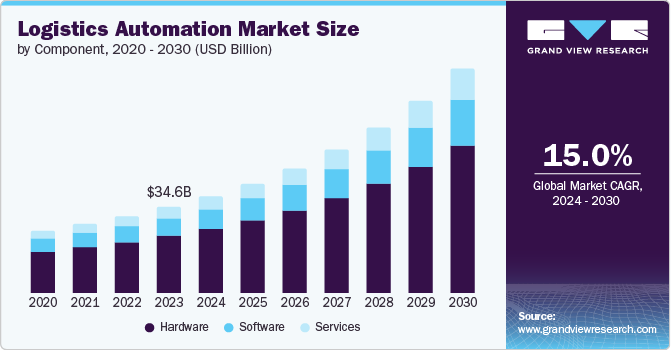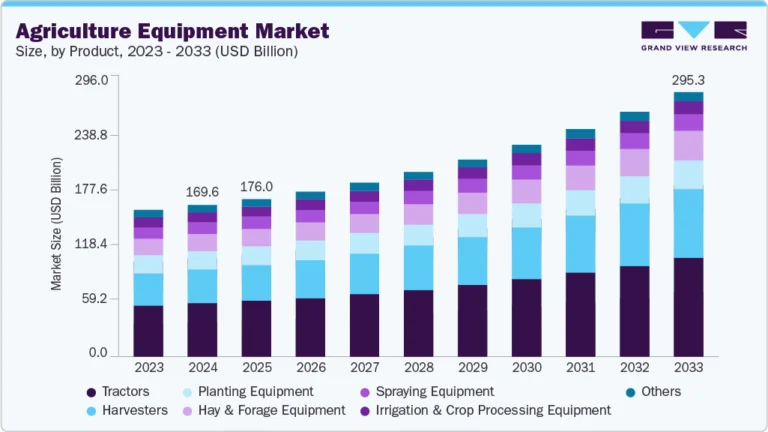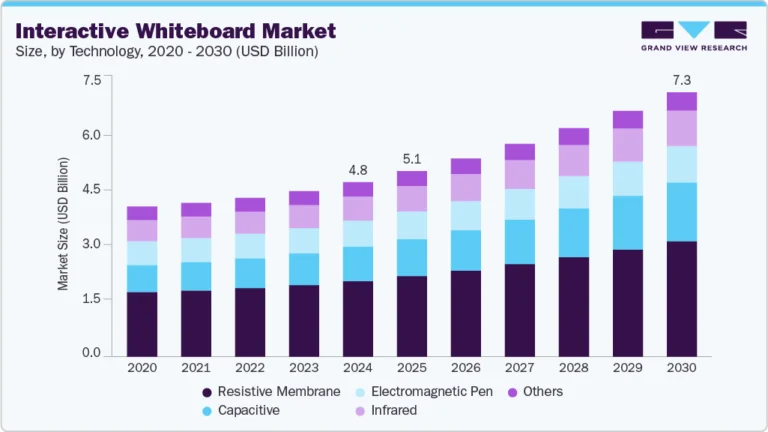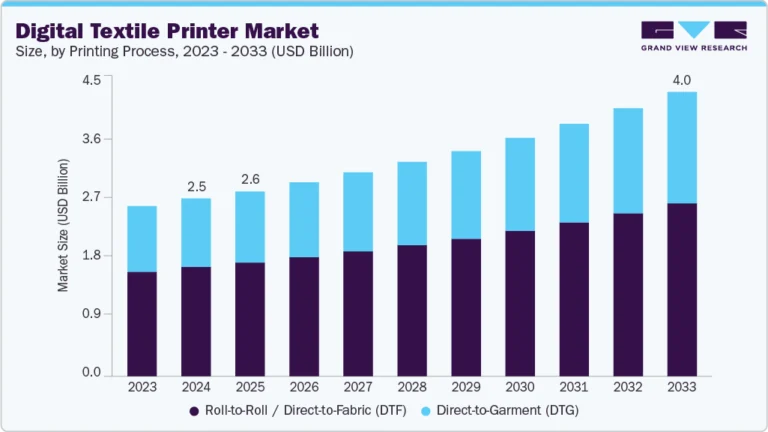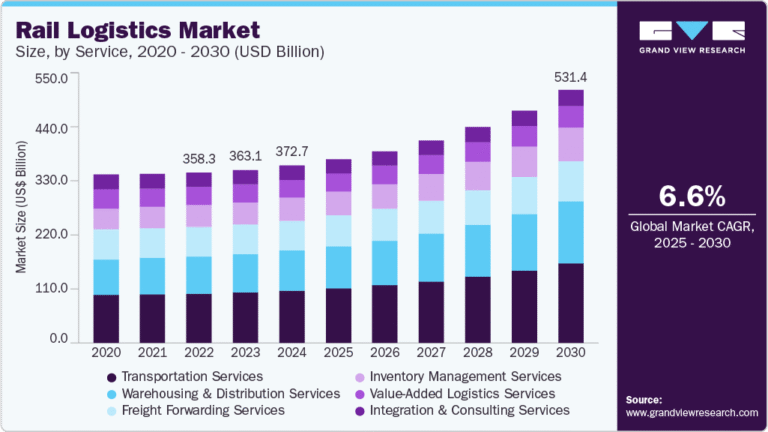Photovoltaic Materials Market Size, Share & Trends Analysis grow at a CAGR of 7.9% from 2024 to 2030

The global photovoltaic materials market size was valued at USD 61.57 billion in 2023 and is projected to grow at a CAGR of 7.9% from 2024 to 2030. Rising global energy requirements, a rapid transition towards sustainable energy alternatives, technological advancements in PV materials, and increased affordability of solar energy solutions have led to strong market growth.
Request a free sample copy or view report summary: https://www.grandviewresearch.com/industry-analysis/photovoltaic-pv-materials-market/request/rs1
With increasing economic activities and production capacities, industries worldwide are seeking affordable and scalable energy sources. According to the Solar Energy Industries Association, in the past decade, about 200 GW of solar capacity has been installed in the United States. As the costs associated with installation and generation of solar energy decline, a significant rise in the demand for solar energy is anticipated from utility and residential sectors over the forecast period, driving developments in the PV materials industry.
Innovations in solar PV materials and energy storage solutions have reduced production costs of solar energy by about 40% over the past decade, which has led to widespread adoption of solar energy by a majority of the developed economies in North America and Europe. This has contributed to their efforts towards developing clean energy technologies. For instance, according to the International Energy Agency’s Tracking Clean Energy Progress (TCEP) 2023 report, progress in solar PV was found satisfactory and at par with the Net Zero 2050 targets. Rising concerns over global warming and climate change have compelled nations worldwide to take swift action regarding energy transition from fossil fuels to renewable sources. Solar energy has emerged as a highly sought-after renewable energy solution in recent years, surpassing the demand for wind energy.
The escalating energy demands of emerging economies, including China, India, and Brazil, coupled with increasing global pressure to mitigate fossil fuel emissions, have spurred a significant shift towards renewable energy solutions. These countries have committed to net-zero carbon neutrality and substantial reductions in their CO2 emissions in the coming years, necessitating the adoption of alternative sources such as solar and wind power. To achieve energy independence and address the limitations of fossil fuels, governments in these regions are prioritizing large-scale solar projects. This transition has driven a substantial increase in the demand for PV materials.
Type Insights
Crystalline materials dominated the market with a revenue share of 82.3% in 2023. This is attributed to their superior efficiency, durability, and cost-effectiveness. Crystalline silicon, the most widely used material in solar panels, offers high conversion efficiency rates, resulting in increased energy output and reduced material requirements. A well-established manufacturing infrastructure and economies of scale have driven down the cost of crystalline silicon globally, making it a more viable option compared to alternative materials. Additionally, crystalline materials are known for their reliability and longevity, with a lifespan of up to 30 years, reducing maintenance and replacement costs. These factors have led to this segment’s dominance in the global market.
The thin film segment is anticipated to register the fastest CAGR over the forecast period. The use of thin film technology results in reduced material costs, lower manufacturing complexity, and improved flexibility, making it an attractive option for applications such as building-integrated photovoltaics (BIPV) and portable solar energy solutions. The growing demand for flexible and lightweight solar panels, particularly in the residential and commercial sectors, has boosted the adoption of thin film materials. Additionally, advancements in thin film technology have led to improved efficiency rates, narrowing the gap with crystalline silicon-based solar panels.

